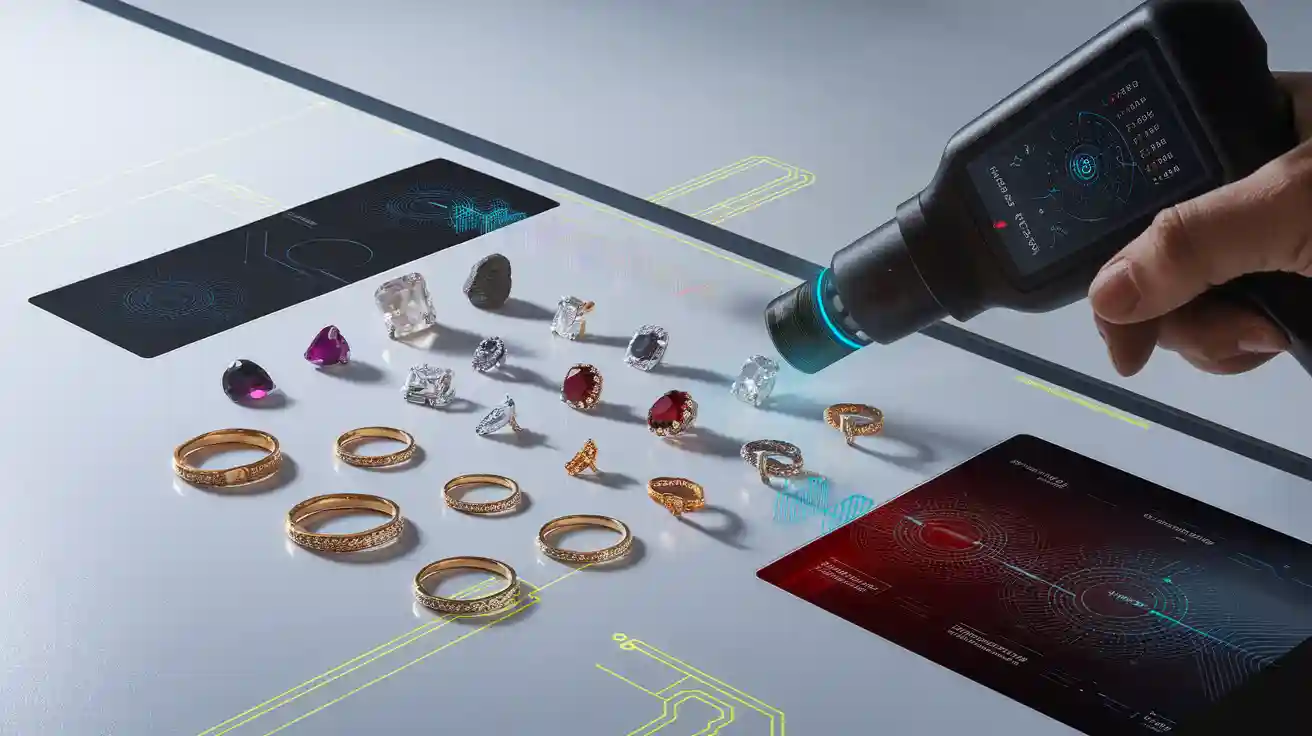
Các XRF máy phân tích checks what elements are in gemstones and precious metals. Nhưng, how well it works depends on the sample type. For precious metals like vàng, the tool is very accurate. It gives results close to lab tests, within 0.2% đến 0.5%. For gemstones, the accuracy is not as good. It can be off by 20% or even more. This happens more if the sample has different materials mixed together.
Loại mẫu | Accuracy Difference Between XRF and Lab Assay |
|---|---|
Precious Metals (ví dụ:, gold in jewelry) | 0.2% đến 0.5% (Độ chính xác cao) |
Gemstones/Minerals | Lên đến 20% or worse (lower accuracy, especially if sample is heterogeneous) |
Picking the right test is important. The accuracy changes with the material.
Bài học chính
XRF analyzers give very accurate results for gold and silver. These results are often close to lab tests. This makes them good for quick and safe testing.
Testing gemstones with XRF analyzers is more difficult. Gemstones have many mixed minerals. This can make the results less accurate. Careful sample preparation and calibration are needed.
Using calibration standards that match the sample helps a lot. Cleaning the surface before testing also helps. These steps make XRF analyzer results better for metals and gemstones.
XRF di động devices let you test quickly in the field or stores. These tests do not damage the items. Lab instruments are better for complex samples. They give higher precision.
You should choose the right testing method for your material and purpose. XRF works well for metals and some gemstones. Other lab tests may be better for very detailed or exact analysis.
XRF Analyzer and Máy quang phổ Basics
Cách thức hoạt động của trình phân tích XRF
An XRF analyzer uses strong x-rays to look at materials. The device sends x-rays into the sample. These x-rays make the atoms inside get excited. When the atoms calm down, they give off fluorescent x-rays. Each element in the sample gives its own special x-ray signal. The analyzer finds these signals and makes a spectrum. Each peak in the spectrum shows a certain element. The device checks the energy and strength of these signals. This helps it find and count the elements in the sample. Calibration and corrections make the results better, especially with mixed samples. New detector technology lets the XRF analyzer find tiny amounts of elements. It can also tell apart signals that are very close together.
Spectrometer Use in Analysis
Spectrometers help people find out what elements are in a sample. They do this by measuring the energy and strength of light or x-rays from the sample. Chẳng hạn, EdMáy quang phổ XRFs can quickly check what is in air, Kim loại, or stones. Studies show these tools work well for many things, from small bits to big jewelry pieces. Calibration and careful setup make the results more trustworthy. Spectrometers can also show when they cannot measure something well, like if the sample is too mixed or not ready.
EDXRF and Non-Destructive Testing
EDXRF means energy dispersive x-ray fluorescence. This method lets people test valuable things without hurting them. Jewelers and scientists use EDXRF to check gold, bạc, and gemstones. The process is fast and does not damage the sample. Chẳng hạn, researchers have used thiết bị cầm tay XRF devices to tell old gemstones from new ones by checking their elements. This way helps keep rare or expensive items safe. Many industries now like EDXRF because it gives quick, accurate results and keeps samples safe.
XRF Analyzer for Precious Metals
Gold and Silver Testing
People use XRF analyzers to test gold and silver in many places. Cửa hàng trang sức, Nhà máy lọc dầu, and mines use them a lot. The device finds gold and silver by their special x-ray signals. Some detectors, giống Máy dò Drift SiliconS, help make the results better. Many XRF analyzers can be right about gold almost all the time. Some, Giống như VR-T6, là rất chính xác, lên đến 0.03%. These tools can check jewelry, Tiền xu, Quán bar, and scrap gold. They do not harm the items when testing.
Mẹo: Clean the sample and take off any coatings before testing. This helps you get good results.
XRF analyzers can also find other elements in alloys, like copper or platinum. This helps people know what is in the metal. Using certified reference materials for calibration keeps the results correct.
Accuracy and Limitations
How well XRF analyzers work depends on many things. The device takes many measurements to get better results. Accuracy means the result is close to the real answer. Precision means the results are the same each time. Confidence intervals show how much the result might change.
Số liệu | Thuật toán FP một mình | FP + Hiệu chuẩn theo kinh nghiệm | Interpretation |
|---|---|---|---|
Hệ số tương quan (R²) | Not reported | Very high calibration accuracy | |
Lỗi tương đối (%) | 0.5 đến 1.5 % trọng lượng | Ít hơn 0.1% | Reduced error with calibration |
Lỗi tuyệt đối (% trọng lượng) | 0.5 đến 1.5 % trọng lượng | Ít hơn 0.27 % trọng lượng | Improved precision after calibration |
Relative Standard Deviation (%RSD) | Not reported | Ít hơn 0.11% (Au thuần khiết) | Very repeatable and precise results |
Lab XRF analyzers are more flexible and accurate. They use more power and can place samples better. Portable models are a little less exact but work fast and well outside the lab. Both types are good for checking precious metals.
Some things can change how accurate the results are:
You need calibration standards that match the sample.
Check calibration often to spot problems.
The sample’s surface and how long you measure matter.
It is harder to be accurate with elements that have low atomic weights.
Studies show using the Fundamental Parameter method with empirical calibration fixes errors. It also helps with problems from sample size and surface. Chẳng hạn, gold alloys can have less than 0.1% difference from the real value with these methods. Research shows that default calibrations from the maker may not work for complex alloys. Vì thế, it is important to use calibration for each type of sample.
Field and Lab Applications
XRF analyzers work well in labs and in the field. Trong phòng thí nghiệm, they give very good and flexible results. In the field, portable models let people test quickly without hurting the sample.
Ghi chú: Good design, care, Hiệu chuẩn, and use are important for good results. Longer tests and checking more spots can make accuracy even better.
XRF Analyzer for Gemstones
Gemstone Identification
Gemologists use XRF analyzers to help find out what gemstones are made of. The device sends x-rays into the stone and measures the energy that comes back. Each element inside the gemstone gives a special signal. By reading these signals, the analyzer can tell which elements are there. This helps experts know if a stone is a sapphire, ruby, or another gem.
Recent studies show that XRF-based techniques can be as good as human experts at identifying gemstones. Chẳng hạn, researchers made a system called GEMTELLIGENCE. This system uses XRF data, UV light, and other ways to sort sapphires. The results show the system’s accuracy is as good as, or better than, what experts can do. When XRF data is used with UV data, the accuracy gets even closer to expensive lab tests like ICP-MS. Another study used a special XRF spectrometer to test gemstones. The device gave very accurate results without hurting the stones. It could find even small amounts of elements, which helps with gemstone identification.
Mẹo: XRF analyzers work best when the gemstone surface is clean and smooth. Dirt or rough spots can change the results.
Elemental Analysis Challenges
Testing gemstones with an XRF analyzer is not always easy. Gemstones are not metals. They have complex structures and many different minerals inside. This makes it hard for the analyzer to read the signals clearly. Scientists call this problem the “Hiệu ứng ma trận.” Hiệu ứng ma trận xảy ra khi các yếu tố khác trong đá thay đổi cách nhìn tín hiệu. Điều này có thể khiến bạn khó có thể đo đúng lượng của mỗi phần tử.
Các nhà nghiên cứu đã tìm cách khắc phục một số vấn đề này. Một cách là sử dụng các mô hình toán học đặc biệt nhìn vào toàn bộ quang phổ tia X, không chỉ là những đỉnh đơn. Những mô hình này, giống hồi quy bình phương nhỏ nhất một phần, có thể sửa lỗi từ hiệu ứng ma trận. Họ giúp bộ phân tích cho kết quả tốt hơn, Ngay cả khi đá quý có nhiều khoáng chất khác nhau. Một cách khác để cải thiện độ chính xác là chuẩn bị cẩn thận mẫu. Các nhà khoa học đôi khi nghiền đá thành bột và ấn nó vào một viên. Họ cũng có thể làm tan chảy bột với các hóa chất đặc biệt để tạo ra một hạt thủy tinh. Các bước này làm cho mẫu thậm chí nhiều hơn, so the analyzer can measure it better.
Statistical studies show that máy phân tích XRF cầm tays can group gemstones by their chemical makeup. Chẳng hạn, tests on obsidian stones found that the analyzer could tell which volcano the stone came from. The results matched lab tests most of the time, but not always. The portable analyzer worked well for sorting stones into groups, but it was not as exact as big lab machines. Vẫn, the device gave the same results each time it tested the same stone, which shows it is reliable for many uses.
Authenticity and Origin
People want to know if a gemstone is real and where it came from. XRF analyzers help answer these questions. The device can spot tiny differences in the elements inside a stone. These differences can show if a gem is natural or made in a lab. They can also point to the country or even the mine where the stone formed.
Gemologists often use XRF with UV and FTIR spectroscopy. This mix of tools helps them check if a gemstone is real and find its origin.
Studies show that using XRF and UV data in a deep learning model can reach lên đến 99.1% Chính xác for finding where a gemstone came from. This is almost as good as the most advanced lab tests.
The GEMTELLIGENCE system uses XRF data to classify more stones with higher accuracy than human experts.
XRF analyzers give fast, non-destructive results. They cost less than some other lab tools and do not need as much special training.
Many gem labs now use XRF analyzers because they are practical and reliable for checking gemstone authenticity and origin.
Ghi chú: XRF analyzers do not harm the gemstone. This makes them a good choice for testing rare or valuable stones.
Metals vs. Gemstones: Sự khác biệt chính
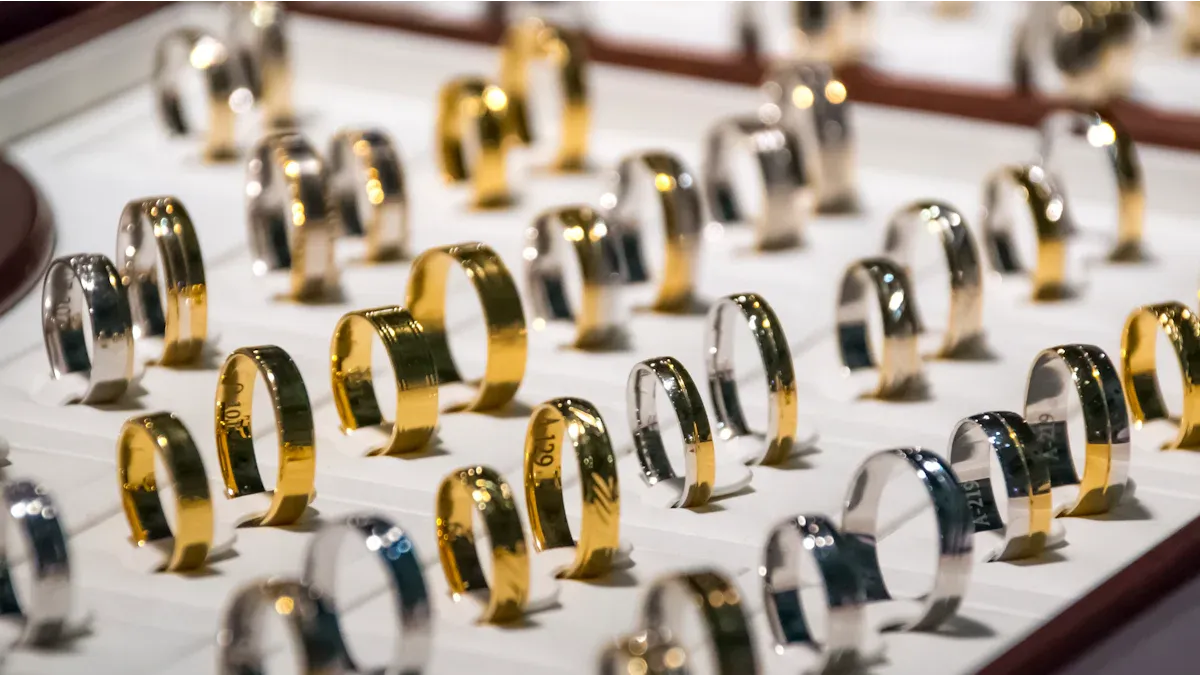
Giới hạn phát hiện
Detection limits show how well a tool finds small amounts. Precious metals like gold and silver are usually pure or simple. This makes it easier for tools to test and measure them. Gemstones often have many different elements in tiny amounts. Some elements in gemstones, like oxygen or silicon, are hard to find with normal tools. Chẳng hạn, when testing chrysoprase, only nickel was found. But the stone had other elements the tool could not see. This means gemstone tests can miss important details if the tool cannot find certain elements.
Reliability of Results
Reliability means how often a test gives the same answer and how close it is to the real value. For precious metals, tools work well for quick checks. They can spot fake coins or gold-plated jewelry. Many jewelers trust these results for daily work. But for the best accuracy, like with gold bars or refining, experts still use fire assay. This method gives the most exact results. Testing tools sometimes have trouble with mixed metals or thick coatings, which can cause mistakes. Gemstones are even harder to test. Their mixed materials and layers can make results less reliable. Good calibration and trusted brands help, but gemstone results may still change more than metals.
Ghi chú: Regular calibration and careful use make results better for both metals and gemstones.
Practical Considerations
Testing metals and gemstones in real life has special problems. Portable tools save time and do not hurt samples. This helps in jewelry stores and mines. Nhưng giới hạn phần cứng có thể ảnh hưởng đến kết quả. Chẳng hạn, Công suất thấp có thể làm cho tín hiệu yếu. Khoảng cách cố định có thể để không khí cản trở bài kiểm tra. Một số đá quý, Giống như ngọc lục bảo giả, đưa ra tín hiệu yếu và khó phát hiện ra. Phần mềm cũng quan trọng. Các chương trình tự động có thể không tìm thấy mọi pha hoặc phần tử, Vì vậy, người dùng cần kỹ năng đọc kết quả. Trong cuộc sống thực, Sử dụng các phương pháp khác nhau và những người có kỹ năng cho kết quả tốt nhất.
Nhân tố | Precious Metals | Gemstones |
|---|---|---|
Giới hạn phát hiện | Cao cho hầu hết các yếu tố | Thấp hơn cho một số yếu tố |
Độ tin cậy | Rất cao (với hiệu chuẩn) | Vừa phải, thay đổi theo đá |
Những thách thức thực tế | Một vài, Chủ yếu là các vấn đề bề mặt | Nhiều, bao gồm phần cứng và phần mềm |
Chọn đúng công cụ
Khi nào nên sử dụng máy phân tích XRF
Chọn đúng công cụ phụ thuộc vào những gì bạn đang thử nghiệm và tại sao. Thiết bị XRF di động hoạt động tốt nhất nếu bạn Sử dụng các mô hình hiệu chuẩn phù hợp với mẫu của bạn. Các chuyên gia cho biết sử dụng tài liệu tham khảo với số lượng phần tử đã biết. Điều này giúp thiết bị cho kết quả tốt hơn. Thay đổi cài đặt như điện áp tia X, hiện hành, và thời gian kiểm tra cũng có thể giúp. Kiểm tra hiệu chuẩn thường xuyên và sử dụng các mẫu tiêu chuẩn giữ cho kết quả tốt theo thời gian.
Hiệu chỉnh thực nghiệm hoạt động tốt nếu mẫu của bạn giống như tiêu chuẩn. Chẳng hạn, Sử dụng các tiêu chuẩn vàng khi thử nghiệm đồ trang sức vàng. Phương pháp này hoạt động tốt hơn cho các yếu tố như kali và coban. Phân tích đa biến nhìn vào nhiều yếu tố cùng một lúc. Nó giúp khi các mẫu có nhiều thứ khác nhau trộn lẫn. Các bước này làm cho XRF trở thành một lựa chọn tốt cho nhanh chóng, Các bài kiểm tra không phá hủy trong các cửa hàng, mỏ, và phòng thí nghiệm.
Mẹo: Sử dụng các tiêu chuẩn phù hợp với ma trận và kiểm tra hiệu chuẩn thường xuyên để có kết quả tốt nhất.
Phương pháp thay thế
Thỉnh thoảng, Các bài kiểm tra khác hoạt động tốt hơn XRF. Fire assay is still the best way to measure precious metals. This method melts the sample and measures the metal very well. It takes longer and destroys the sample, but it is the most exact.
For gemstones, labs often use ICP-MS or FTIR. These tools find very small amounts of elements and work well with complex stones. UV-Vis spectroscopy also helps by showing how gemstones absorb light.
Phương pháp | Tốt nhất cho | Pros | Cons |
|---|---|---|---|
Xét nghiệm lửa | Precious metals | Rất chính xác | Destroys sample, slow |
ICP-MS | Gemstones, Dấu vết kim loại | Finds tiny amounts, tỉ mỉ | Needs lab, costly |
FTIR/UV-Vis | Gemstones | Không phá hủy, nhanh | Needs skill, less precise |
XRF | Metals, some gemstones | Nhanh, không phá hủy | Needs calibration, less exact for complex stones |
The XRF analyzer gives quick and trustworthy results for precious metals. It works really well with gold and silver and is very accurate. When testing gemstones, the tool helps tell what they are, but it has more problems. Mọi người nên chọn bài kiểm tra tốt nhất cho những gì họ cần. Họ có thể sử dụng Trình phân tích XRF để kiểm tra nhanh hoặc chọn kiểm tra phòng thí nghiệm cho các câu trả lời chính xác nhất. Chuẩn bị sẵn sàng mẫu và thiết lập đúng công cụ giúp kết quả tốt hơn.
FAQ
Làm thế nào để một máy phân tích XRF xác định các kim loại khác nhau?
Máy phân tích gửi tia X vào kim loại. Mỗi phần tử đưa ra một tín hiệu đặc biệt. Thiết bị đọc các tín hiệu này và khớp chúng với các yếu tố đã biết. Điều này giúp mọi người biết kim loại là gì trong mẫu.
Máy phân tích XRF có thể làm hỏng đá quý hoặc đồ trang sức không?
Không, Máy phân tích XRF không làm tổn thương các mẫu. Bài kiểm tra sử dụng các tia X không gãi hoặc thay đổi bề mặt. Các thợ kim hoàn và nhà khoa học sử dụng công cụ này để giữ các mặt hàng có giá trị an toàn.
Tại sao kết quả XRF khác nhau đối với đá quý và kim loại?
Kim loại đơn giản, Vì vậy, trình phân tích đọc chúng dễ dàng. Đá quý có nhiều khoáng chất và lớp. Điều này làm cho các tín hiệu khó đọc hơn. Kết quả cho đá quý có thể không chính xác như đối với kim loại.
Người dùng nên làm gì để có được kết quả tốt nhất từ máy phân tích XRF?
Làm sạch mẫu trước khi thử nghiệm. Sử dụng các tiêu chuẩn hiệu chuẩn phù hợp với vật liệu. Kiểm tra hiệu chuẩn của thiết bị thường xuyên. Các bước này giúp kết quả chính xác và đáng tin cậy hơn.
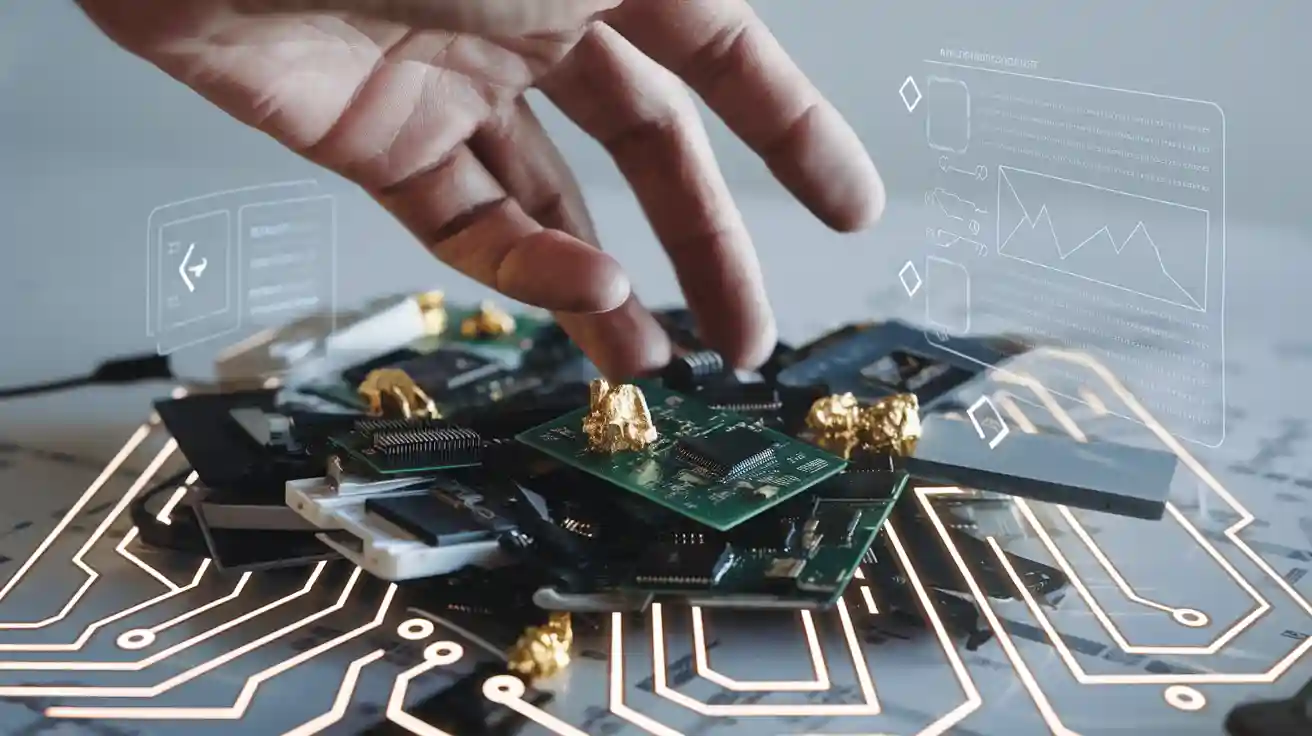
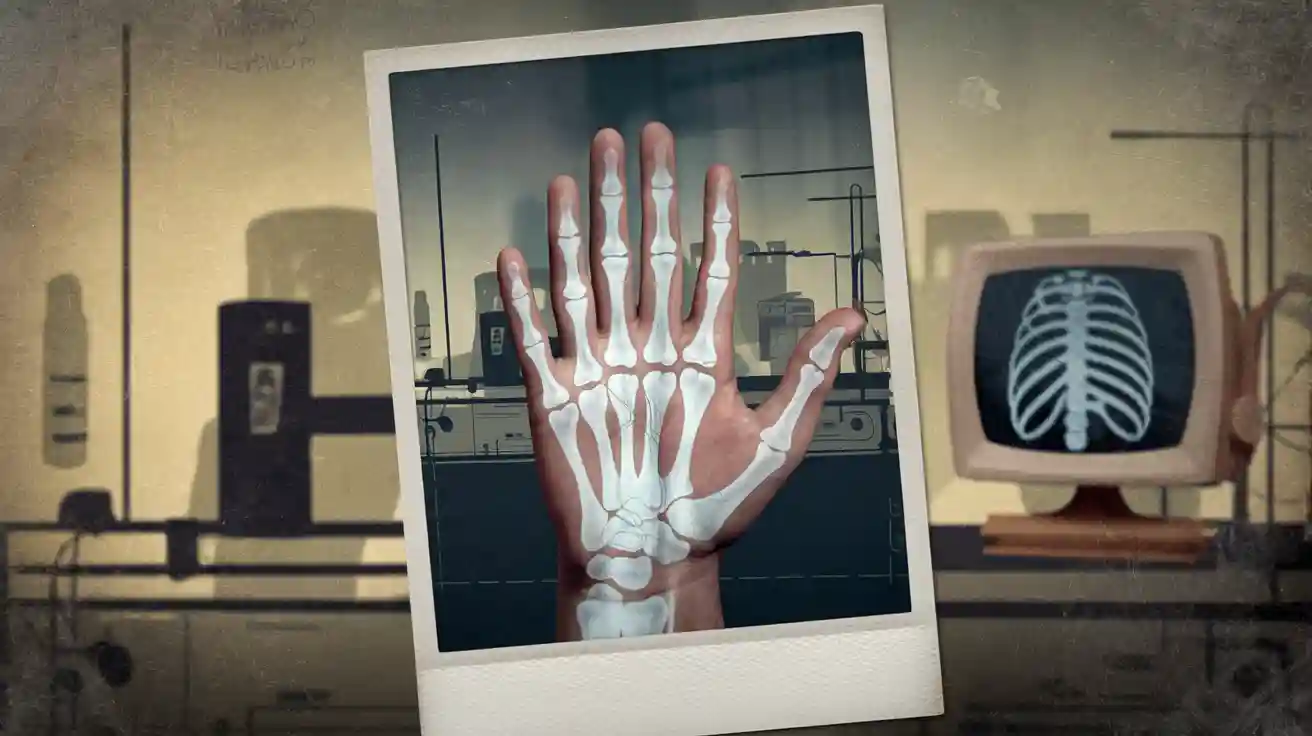
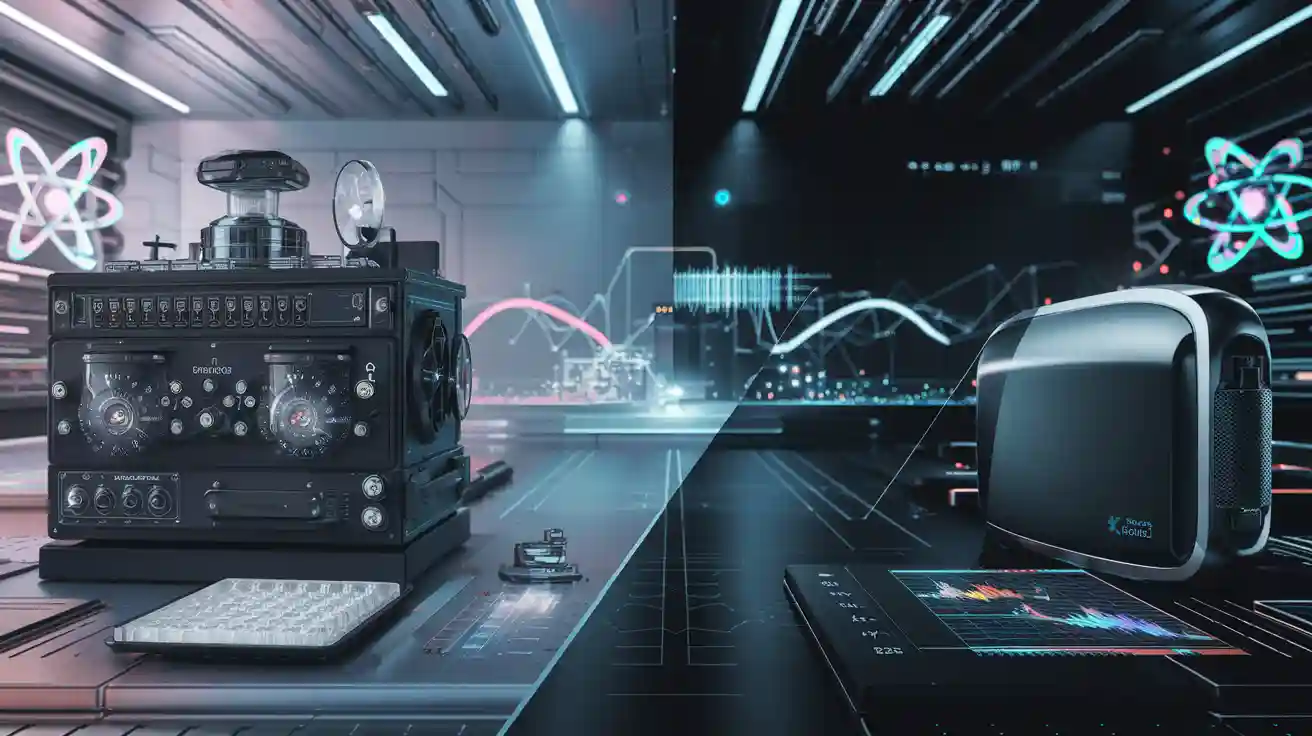
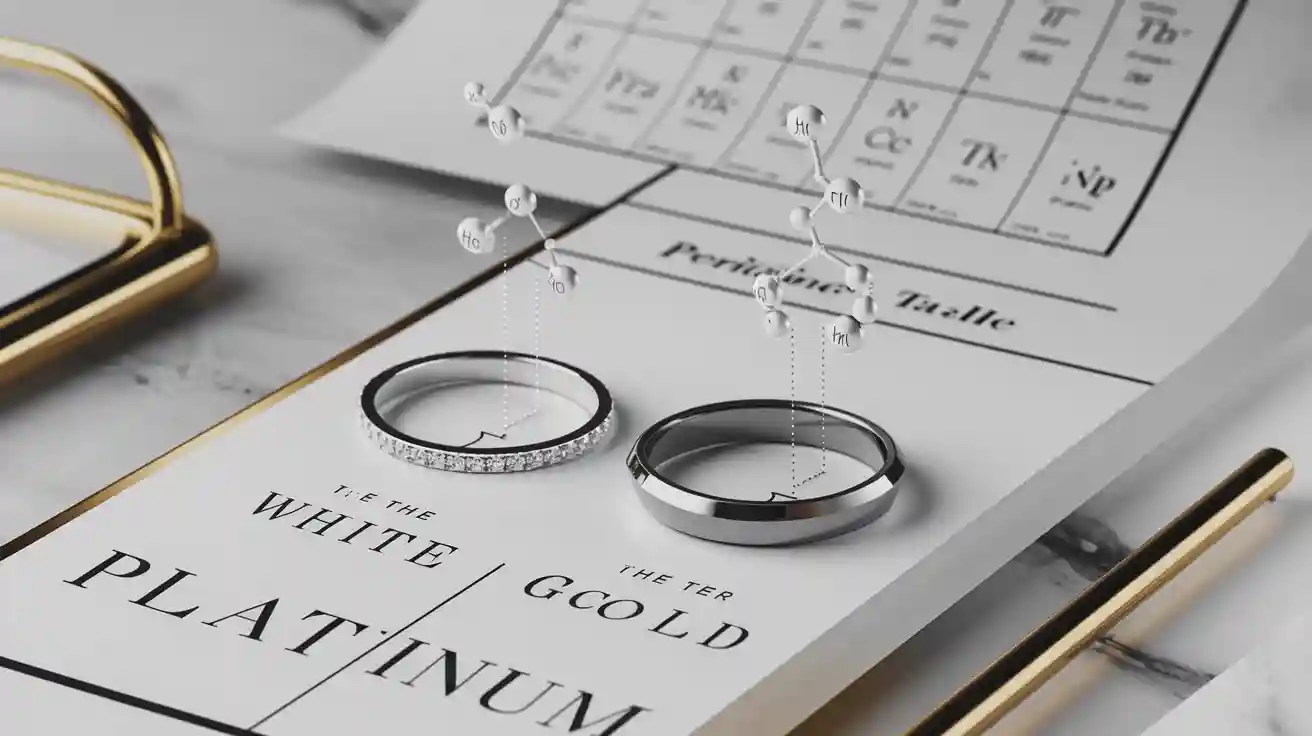
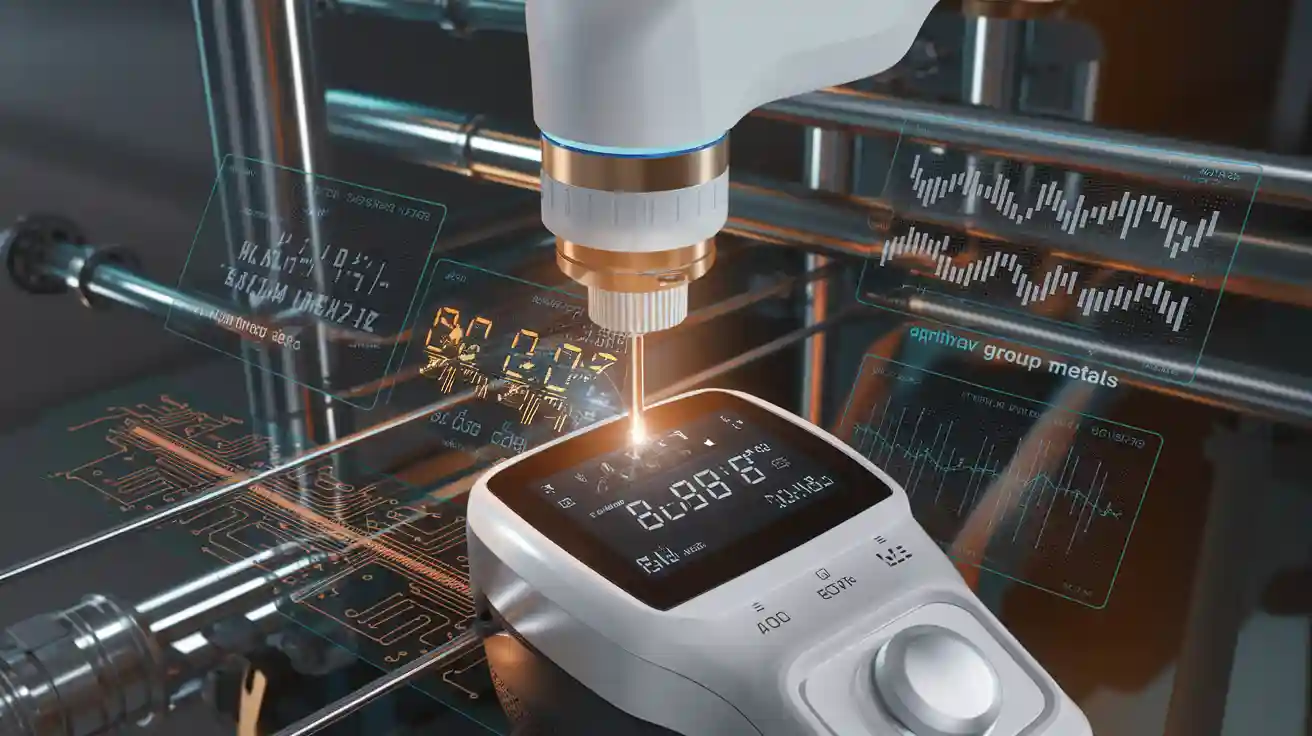

WhatsApp
Quét mã QR để bắt đầu trò chuyện WhatsApp với chúng tôi.